- No products in the cart.
Acetylcysteine canon granules for solution for oral 200mg pack 3a. 20 pc
$3.21
Acetylcysteine canon granules for solution for oral 200mg pack 3a. 20 pc
Description
Composition
Active substance:
Package 1 comprises a dosage of 100 mg: 100 mg acetylcysteine dosage package 1 comprises 200 mg: 200 mg acetylcysteine 1 packet dosage of 600 mg contains: 600 mg acetylcysteine.
Excipients:
Strawberry flavoring, ascorbic acid, aspartame, sucrose.
Description:
The mixture of granules and powder, white or almost white odor strawberries.
Product form:
Granules for oral solution, 100 mg, 200 mg, 600 mg.
3 g of the packets in the composite material (paper / foil / polyethylene).
Dosages of 100 mg and 200 mg: 20 packet together with instructions for use placed in a pile of cardboard.
Dosage 600 mg: 6 or 10 packs together with instructions for use placed in a pile of cardboard.
Contraindications
– Increased sensitivity to acetylcysteine and other ingredients; – Lack of sucrase / isomaltase, fructose intolerance, glucose-galactose malabsorption; – Phenylketonuria; – Children under the age of 14 years (dosage 600 mg), children under 6 years (dosage 200 mg), children up to 2 years (dosage 100 mg); – Pregnancy and lactation.
Carefully:
Bronchial asthma, liver and / or kidney failure, adrenal diseases, varicose veins, the esophagus, hypertension, pulmonary tendency to bleeding, hemoptysis, gastric ulcer and duodenal ulcer history, histamine intolerance (avoid prolonged drug administration, as acetylcysteine effect on histamine metabolism and may cause intolerance symptoms such as headache, vasomotor rhinitis, itching).
Dosage
200 mg
Indications
Acetylcysteine used for the treatment of respiratory diseases, accompanied by the formation of a viscous sputum: • acute and chronic bronchitis; • obstructive bronchitis; • tracheitis; • laryngotracheitis; • pneumonia; • lung abscess; • bronchiolitis; • bronchiectasis; • bronchial asthma; • cystic fibrosis • chronic obstructive pulmonary disease (COPD); • acute and chronic sinusitis; • inflammation of the middle ear (otitis media).
Interaction with other drugs
With simultaneous use of acetylcysteine and antitussives due to suppression of the cough reflex can occur stagnation of mucus. Therefore, such a combination should be selected with care.
Pharmaceutically compatible with antibiotics (penicillins, cephalosporins, erythromycin, tetracycline and amphotericin B) and proteolytic enzymes.
It reduces the absorption of penicillins, cephalosporins, tetracycline (to be taken no earlier than 2 hours after oral acetylcysteine).
Simultaneous treatment with acetylcysteine and nitroglycerin may lead to increased vasodilatory action of the latter.
Upon contact with metals, rubber sulphides formed with a characteristic odor.
Overdose
Symptoms: If erroneous or intentional overdose observed phenomena such as diarrhea, vomiting, stomach pain, heartburn and nausea. Until now, there was no serious and life-threatening side effects.
Treatment: Symptomatic.
pharmachologic effect
Pharmacological group:
Mucolytic agent.
Pharmacodynamics:
Acetylcysteine - mucolytic, expectorant, is used for the liquefaction of sputum in diseases of the respiratory system. Acetylcysteine is a derivative of a natural amino acid cysteine (N-acetyl-L-cysteine). It possesses strong mucolytic action, belongs to the class of direct mucolytics.
Acetylcysteine action due to the ability to cleave a free sulfhydryl group of intra- and intermolecular disulfide bonds aggregates glycoproteins sputum, which leads to depolarization mukoproteidov, exerting a strong effect of diluting and reducing the viscosity of mucus. Acetylcysteine exhibit mucolytic activity against any kind of phlegm – mucous, mucopurulent, purulent. Acetylcysteine increases less viscous sialomutsinov secretion by goblet cells, reduces the adhesion of bacteria to the epithelial cells of the bronchial mucosa. Stimulates mucosal cells of the bronchi, the secret of which lyses fibrin.
Acetylcysteine liquefies phlegm and increases its volume, facilitates the separation of sputum and significantly softens the cough.
In addition to direct mucolytic action, acetylcysteine has powerful antioxidant properties pnevmoprotektornymi ensuring effective protection of respiratory organs from the toxic effect of negative factors: inflammation metabolites, environmental factors, tobacco smoke.
Acetylcysteine has a direct antioxidant effect, because it includes a free thiol group (-SH), able to come into direct engagement and neutralize electrophilic toxins oxidation.
Acetylcysteine prevents the alpha1-antitrypsin (an enzyme inhibiting elastase) from loss of activity, which may occur as a result of exposure to HOCL – a powerful oxidizing agent generated by the enzyme myeloperoxidase active phagocytes.
Easily penetrating inside the cells deacetylated acetylcysteine, L-cysteine freeing – amino acids necessary for the synthesis of glutathione, which is an important factor from intracellular protection of endogenous and exogenous oxidizing toxins and various cytotoxic agents. This feature enables acetylcysteine effectively apply the latter in acute poisoning with paracetamol or other toxic substances (aldehydes, phenols, etc.).
Mucolytic acetylcysteine properties begin to appear within 1 – 2 days after initiation of therapy. In prophylactic administration, acetylcysteine reduces the frequency and severity of exacerbations of chronic bronchitis and cystic fibrosis.
Pharmacokinetics:
After oral administration, acetylcysteine is rapidly and almost completely absorbed in the digestive tract. The liver is metabolized to cysteine (pharmacologically active metabolite) and diacetylcystine, cystine and further – to mixed disulfides. Bioavailability after oral acetylcysteine composes about 10% due to the pronounced effect of “first pass” through the liver. The maximum drug concentration (Cmax) after oral administration is achieved in 1-3 hours. In the body acetylcysteine and its metabolites are determined in different forms: partially – as the free substance partially – in connection with blood plasma proteins, in part – as the amino acid incorporated. Excreted almost entirely in the form of inactive metabolites (inorganic sulfates diacetylcystine) kidneys. Only a small amount of acetylcysteine is excreted unchanged through the intestines. The half-life time (T1 / 2) from the blood plasma of about 1 hour, and depends on the rate of biotransformation in the liver. In hepatic failure it may be increased to 8 hours. Acetylcysteine can penetrate through the placental barrier and accumulate in the amniotic fluid.
Pregnancy and breast-feeding
Use of the drug during pregnancy and lactation is contraindicated.
Conditions of supply of pharmacies
Without a prescription.
side effects
Allergic reactions: infrequently – pruritus, rash, rash, urticaria, angioneurotic edema, decrease in blood pressure, tachycardia; very rarely – anaphylactic reactions up to anaphylactic shock, Stevens-Johnson syndrome, toxic epidermal necrolysis (Lyell’s syndrome).
From the nervous system: very rarely – headache.
Cardio-vascular system: very rarely – a decrease in blood pressure, increased heart rate (tachycardia).
The respiratory system: rarely – shortness of breath, bronchoconstriction (mainly in patients with bronchial hyperreactivity in bronchial asthma).
On the part of the gastrointestinal tract: rarely – stomatitis, abdominal pain, nausea, vomiting, diarrhea, heartburn, dyspepsia.
From the sensory organs: rarely – ringing in the ears.
Other: very rarely – fever, isolated reports of bleeding due to the presence of hypersensitivity reactions, reduction in platelet aggregation.
special instructions
In the treatment of patients with diabetes should be borne in mind that the preparation contains sucrose (1 sachet Canon Acetylcysteine 600 mg corresponds to 0.19 XE 200 mg – 0,23 XE 100 mg – 0,24 XE).
When working with the drug must be used glassware, avoiding contact with metals, rubber, oxygen, easily oxidizable substances.
In applying acetylcysteine rarely reported cases of severe allergic reactions such as Stevens-Johnson syndrome, toxic epidermal necrolysis (Lyell’s syndrome). In the event of changes in the skin and mucous membranes should immediately consult a doctor, the drug should be discontinued.
It should not take the drug just before bedtime (it is recommended to take the drug to 18.00).
The effect on the ability of the control means and transport mechanisms: the drug at therapeutic doses acetylcysteine Canon does not affect the ability to control vehicles and mechanisms.
Storage conditions
Store at a temperature not higher than 25 ° C.
Keep out of the reach of children.
Dosing and Administration
Inside. The granules should dissolve in water at room temperature and taken after meals.
Granules for oral solution 100 mg, 200 mg.
In the absence of other assignments it is recommended to adhere the following dosages:
Mucolytic therapy. Adults and adolescents over 14 years: it is recommended to take 2 bags of the drug acetylcysteine Canon 100 mg or 1 sachet of the drug acetylcysteine Canon 200 mg 2-3 times a day (400-600 mg per day).
Children aged 6 to 14 years: recommended to take one sachet 3 times a day, or 2 bags 2 times a day drug Canon Acetylcysteine 100 mg (300-400 mg daily). Preparation Canon Acetylcysteine 200 mg should take 1/2 bag 3 times daily or 1 sachet 2 times a day (300-400 mg daily).
Children aged 2 to 6 years: it is recommended to take 1 sachet of the drug acetylcysteine Canon 100 mg 2-3 times a day (200 -300 mg per day).
Cystic fibrosis. Children under the age of 6: 2 is recommended to take the drug bag Canon Acetylcysteine 100 mg or 1 sachet formulation Canon Acetylcysteine 200 mg 3 times daily (600 mg per day).
Children aged 2 to 6 years: recommended to take one sachet formulation Canon Acetylcysteine 100 mg 4 times daily (400 mg per day). Patients with cystic fibrosis and weighing more than 30 kg in case of need may increase the dose up to 800 mg per day acetylcysteine.
Additional enhances fluid intake mucolytic effect of the drug. Colds during short duration of reception is 5-7 days. During long-term disease duration of therapy is determined by the attending physician. In chronic bronchitis and cystic fibrosis drug should be taken over a long period of time to achieve a preventive effect against infections.
Cautions:
Granules for oral solution 200 mg.
Due to the high content of active ingredient (200 mg acetylcysteine in a bag) should not take the drug to children under 6 years. In this case it is recommended to use the drug acetylcysteine Canon other dosage forms with a lower content of acetylcysteine.
Granules for oral solution 600 mg.
In the absence of other assignments it is recommended to adhere the following dosages. 1 sachet formulation acetylcysteine Canon 1 600 mg once a day (600 mg acetylcysteine per day).
Caution: due to the high content of active ingredient (600 mg acetylcysteine in a bag) should not take the drug to children under 14 years. In this case it is recommended to use the drug acetylcysteine Canon other dosage forms with a lower content of acetylcysteine.
Colds during short duration of reception is 5-7 days. In chronic bronchitis and cystic fibrosis drug should be taken over a long period of time to achieve a preventive effect against infections.
Information
Appearance may differ from that depicted in the picture. There are contraindications. You need to read the manual or consult with a specialist
Additional information
| Weight | 0.100 kg |
|---|---|
| Manufacturer | KANONFARMA |

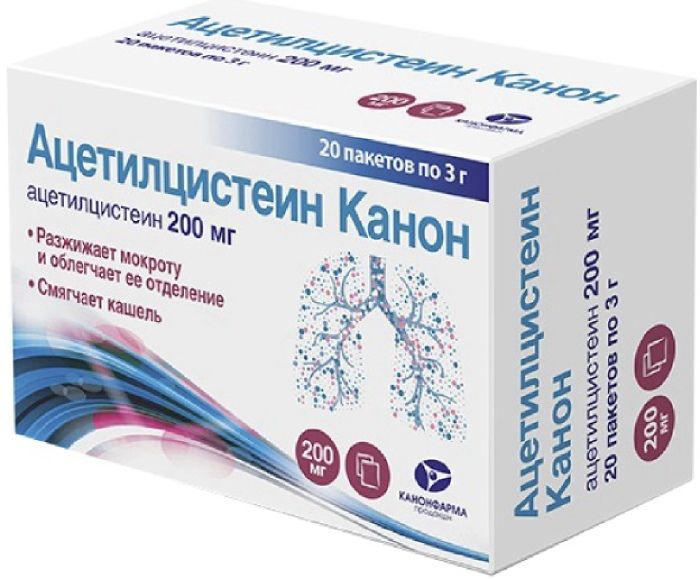
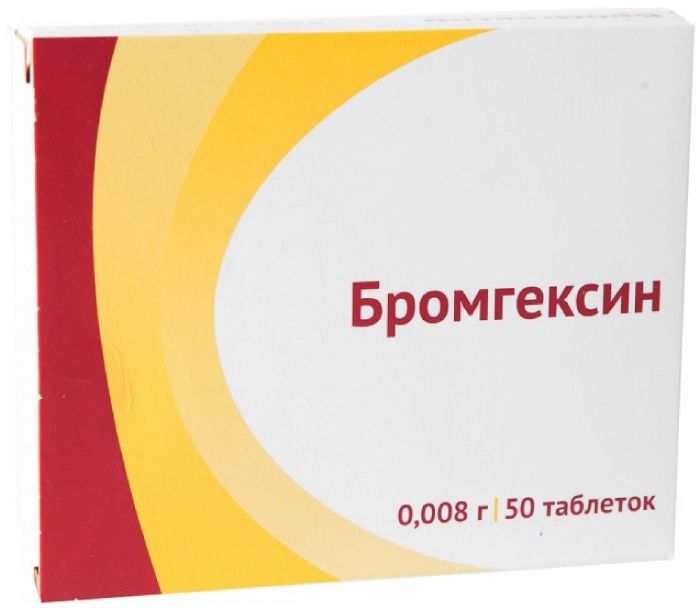

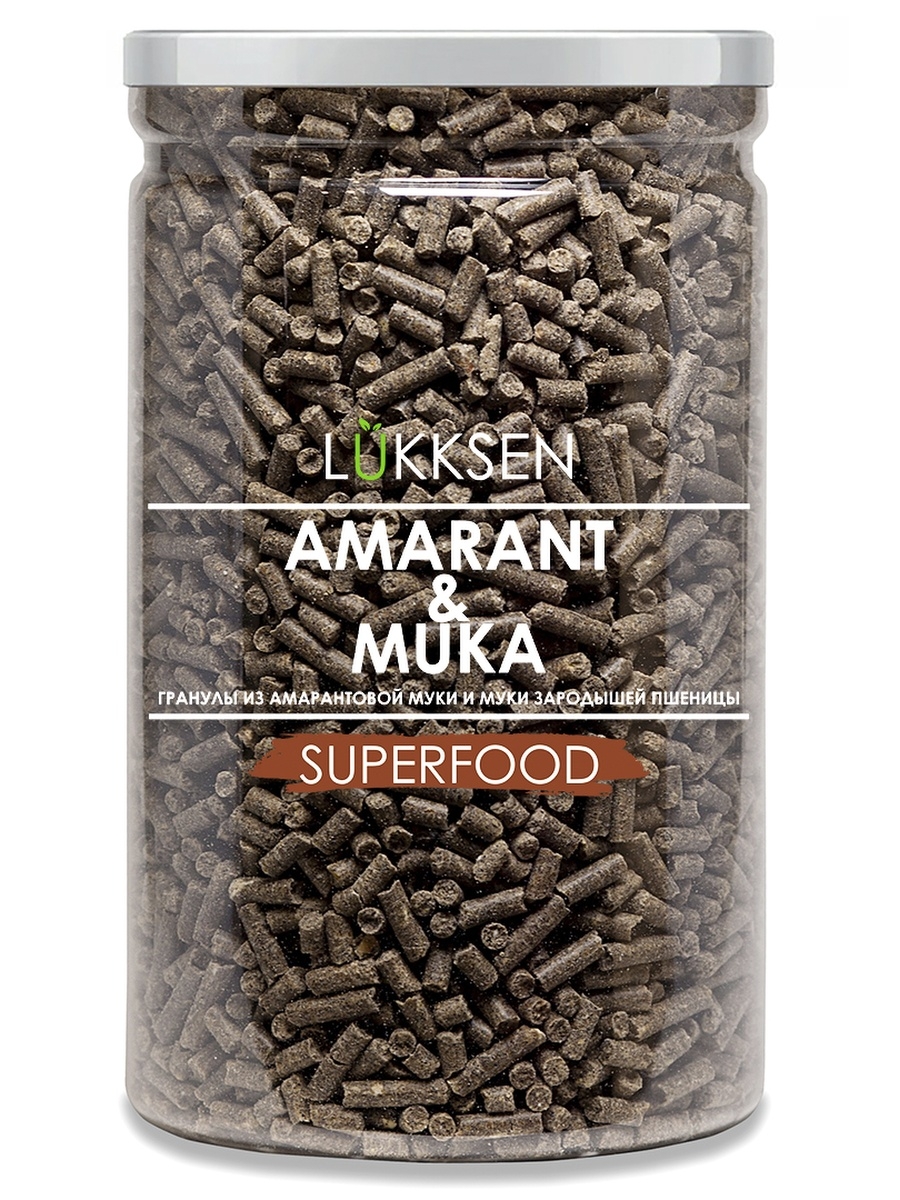
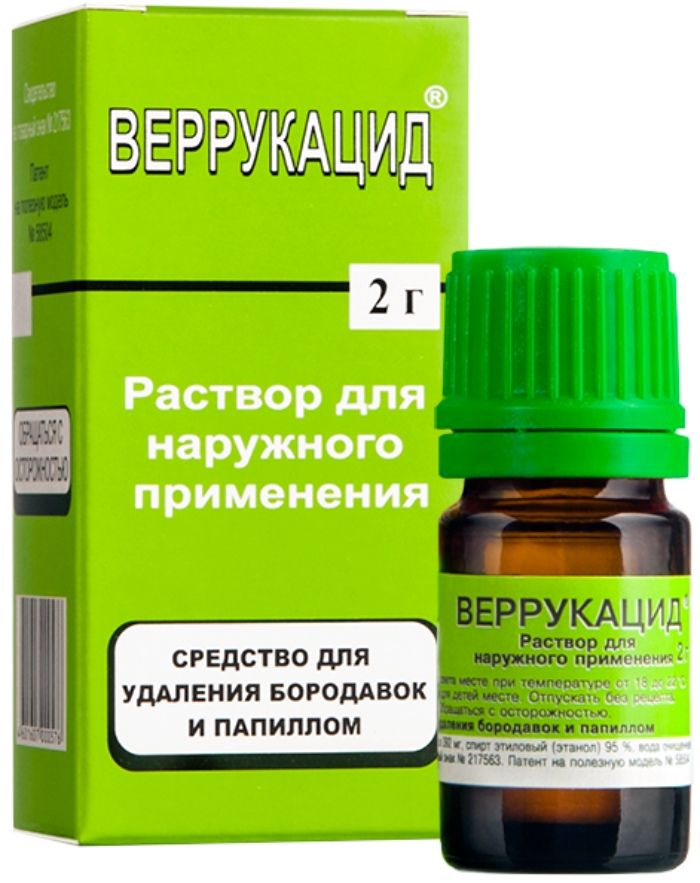


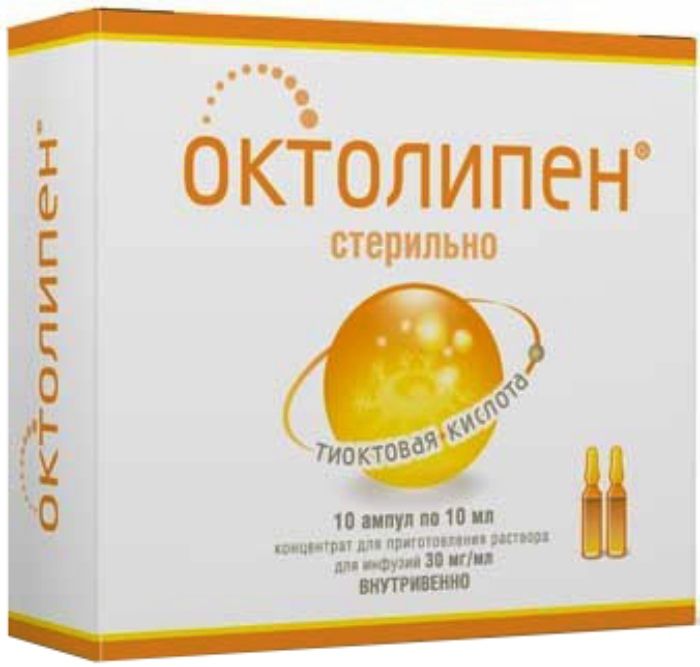



There are no reviews yet.